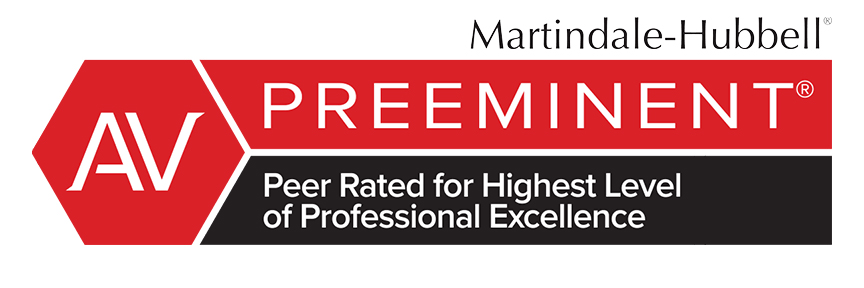Client Alerts & Publications
The Federal Freeze Playbook: Key Steps for Government Contractors Amid a Potential Federal Funding Freeze
Authors: Abby Bello Salinas, Michael A. Branca,
Published Date: February 7, 2025
This Alert will provide an overview of the current status of the Federal Funding Freeze and five key steps that can be taken in preparation for what may come.
Current Status of the Federal Freeze
The memorandum issued by the Office of Management and Budget (“OMB”) on January 27 required all federal agencies to “temporarily pause all activities related to obligation or disbursement of all Federal financial assistance, and other relevant agency activities that may be implicated by the [President’s] executive orders,” and to submit information regarding their federal financial assistance programs to OMB before February 10. Very quickly, the memorandum was enjoined by a federal court, rescinded, and then put back in flux by a tweet from the President’s press secretary claiming that the rescission did not stop the freeze.
As expected, a legal battle is underway, with a judge extending the injunction on February 3 despite the Trump Justice Department’s arguments that the federal court had no authority to intervene after OMB rescinded its January 27 memorandum.
The media coverage around the freeze has caused widespread confusion and worry amongst federal contractors. This article aims to refocus general contractors on what matters—how to prepare for uncertainty and come out on top.
Staying Ahead of Uncertainty: 5 Key Steps
1. Review project funding.
Because the federal funding freeze does not affect all types of funding equally, it is important to determine the funding sources for your project and whether or not they have already been disbursed to the state or local agency with which you contracted. Federally funded projects that do not have their full funding secured and disbursed might be vulnerable to a funding freeze; and the state or local agency will need to assess whether they can find non-federal sources of funding to replace federal funds if necessary. This is especially true of any contracts that may be seen as “clean energy” or otherwise in opposition to President Trump’s policies.
2. Understand the Termination for Convenience clause of your contract.
The T4C clause of your contract is central to a contractor’s rights and obligations in the case of a sudden lack of funding that ends a project. Direct federal construction contracts will generally include FAR 52.239-2, Alternate I; however, federally funded contracts with state or local agencies will likely have their own, similar clause. It is important to understand the effects of that clause on your own work and that of your subcontractors.
For example, under the FAR, a termination for convenience converts all contracts into cost-plus contracts. Therefore, it is important that contractors employ a cost tracking system that will allow them to substantiate costs that they may plan to claim in a T4C scenario.
Review this clause carefully to understand your rights, compensation entitlements, and procedures if a contract is terminated. Consult legal counsel if needed to ensure you are prepared to submit proper claims for work performed and costs incurred.
3. Maintain open communication with your subcontractors.
Just as important as maintaining open communication with the agency is flowing down concrete information to your subcontractors. Talk of the funding freeze is rampant in the media, making almost anyone susceptible to misinformation regarding its effects. Contractors should ensure that their subcontractors can tell fact from fiction when it comes to the terms and responsibilities of both the prime and subcontract agreements. Where possible, negotiate flexible terms with key subcontractors to accommodate funding uncertainties without breaching agreements.
4. Formalize agency directives.
All direction from the government in relation to a federally funded project must be formalized in writing. Do not make any change to your project, particularly if that change will cause increased costs or delay, without first receiving a direct written order from an authorized government representative. Having documentation in place will help protect your company if disputes arise and ensure clarity on next steps should funding become an issue.
5. Stay informed.
Peckar & Abramson is monitoring government developments that may impact the construction industry. Proactively staying updated on policy changes and funding risks is the best way to stay ahead of necessary contingency planning. Ensure you are staying up to date and subscribe to P&A’s alerts here.
For more information, please reach out to Abby Bello Salinas and Michael A. Branca.










